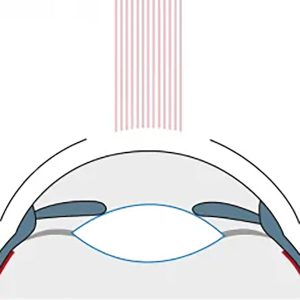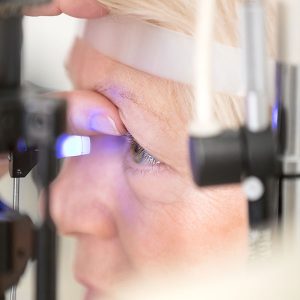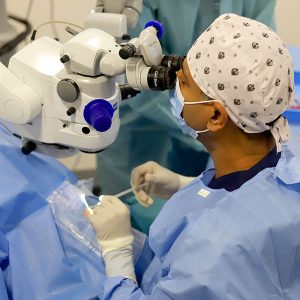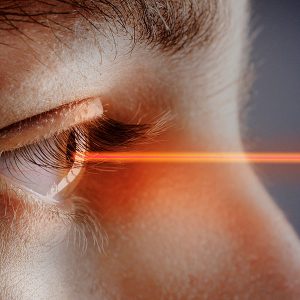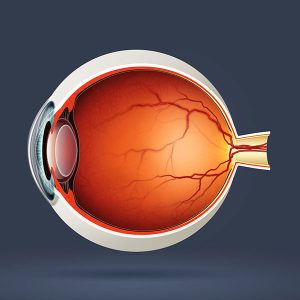What Is Glaucoma?
Glaucoma is a disease that damages your eye’s optic nerve. It usually happens when fluid builds up in the front part of your eye. That extra fluid increases the pressure in your eye, damaging the optic nerve.
Glaucoma is a leading cause of blindness for people over 60 years old. But blindness from glaucoma can often be prevented with early treatment.
Types of glaucoma
There are two major types of glaucoma.
Glaucoma Treatment
Glaucoma damage is permanent—it cannot be reversed. But medicine, laser treatment and surgery can help to stop further damage. To treat glaucoma, your ophthalmologist may use one or more of the following treatments.
Medication
Glaucoma is usually controlled with eye drop medicine. Used every day, these eye drops lower eye pressure. Some do this by reducing the amount of aqueous fluid the eye makes. Others reduce pressure by helping fluid flow better through the drainage angle.
Laser treatment
There are two main types of laser surgery to treat glaucoma. They help aqueous drain from the eye. These procedures are usually done in the clinic as an outpatient procedure.
Trabeculoplasty. This laser procedure is for people who have open-angle glaucoma. The eye surgeon uses a laser to make the drainage angle work better. That way fluid flows out properly and eye pressure is reduced. A new form of laser treatment to treat open angle glaucoma is the Direct selective Laser Trabeculopasty (DSLT) , a new non contact technique of delivering this laser. Click here to learn more.
Iridotomy. This is for people who have angle-closure glaucoma. The ophthalmologist uses a laser to create a tiny hole in the iris. This hole helps fluid flow to the drainage angle.
Surgical treatment for glaucoma
If the glaucoma progresses in spite of medical and laser treatment then a surgical procedure may be required to create a new drainage channel for the fluid inside the eye (aqueous humor) to leave the eye.
Trabeculectomy
In this procedure the surgeon creates a tiny flap in the white part of the eye (sclera). He or she will also create a bubble (like a pocket) in the conjunctiva called a filtration bleb. It is usually hidden under the upper eyelid and cannot be seen. Fluid from inside the eye (aqueous humor) will be able to drain out of the eye through the flap and into the bleb. In the bleb, the fluid is absorbed by tissue around your eye, lowering eye pressure.
MINIMALLY invasive glaucoma surgery (MIGS)
Recent advances in technology has led to the development of a new type of surgical procedure for glaucoma termed Minimally invasive glaucoma surgery. This procedure has much less complication to the traditional drainage operation (trabeculectomy).
Your Personalised Procedure
To determine which procedure is right for you, a comprehensive assessment is conducted utilizing state-of-the-art technology. Based on the thorough diagnostic assessment, your surgeon will tailor a treatment plan to match the right procedure for your unique vision needs.



